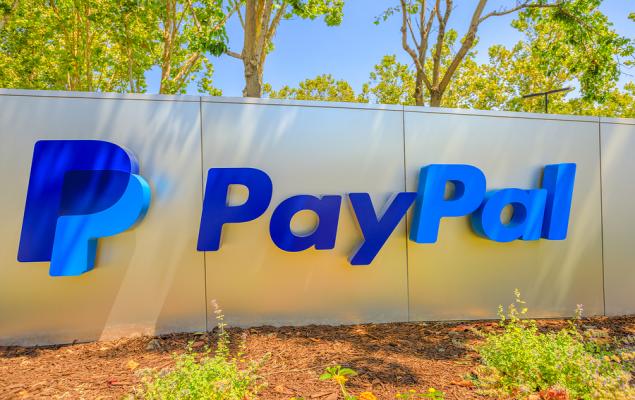PYPL Stock Recent News
PYPL LATEST HEADLINES
Valuations aren't everything. Sometimes expensive stocks are worth their steep price.
PayPal is a buy, with 30% upside as TPV growth is set to recover and downside risk is limited at current levels. Strategic shift to profitable growth, product innovation, and expansion into offline payments position PayPal for renewed competitiveness and higher margins. Valuation is compelling: forward P/E and P/FCF are at historical lows, with strong free cash flow supporting buybacks and potential future dividends.
PayPal stock has dropped 17.9% YTD, but new growth drivers like Venmo, PayPal World and AI investments are likely to reshape its digital commerce future.
Paypal (PYPL) has received quite a bit of attention from Zacks.com users lately. Therefore, it is wise to be aware of the facts that can impact the stock's prospects.
Bitcoin's pullback opens a buy-the-dip chance in IBKR, HOOD and PYPL as rate cut hopes fuel optimism.
PayPal said on Friday that it was working to resolve any remaining issues following a widespread disruption that had halted user payments in Germany, raising alarm over the reliability of the app for online transactions.
PYPL's scale, cash flow and rising margins give it an edge over AFRM's high-growth but high-debt BNPL play.
The Financial Transaction Services industry is gaining on the widespread adoption of digital means, strong consumer spending and pursuit of M&A activities. Companies like V, MA, FI, PYPL and WEX are well-positioned to thrive on the back of these favorable trends.
Warren Buffett famously said that most investors would be better off if they only had a punch card with 20 slots, adding up to the total number of investments they could make in their lives. While this may be an extreme example to illustrate a point, the philosophy still stands.
Warren Buffett has inspired investors to mimic in his style and try to beat the market. One fund manager who takes the buy-and-hold approach to heart is Norbert Lou of Punch Card Management.



